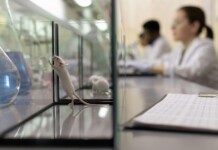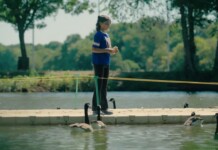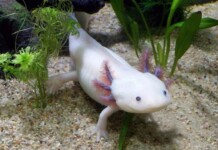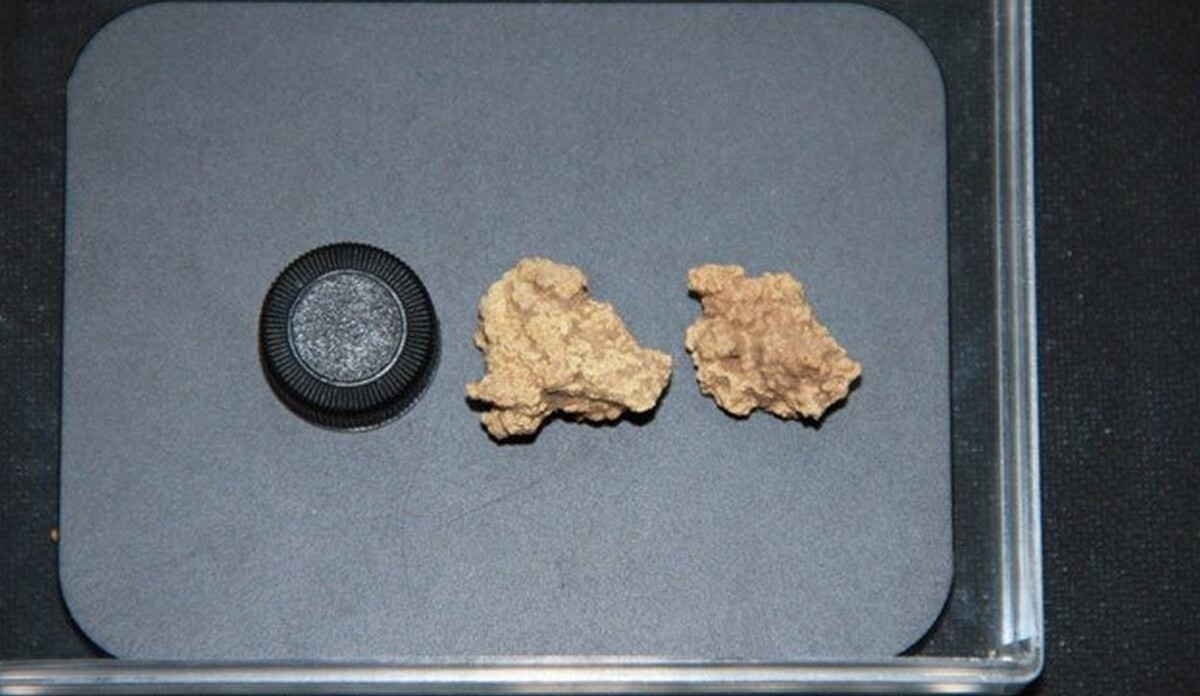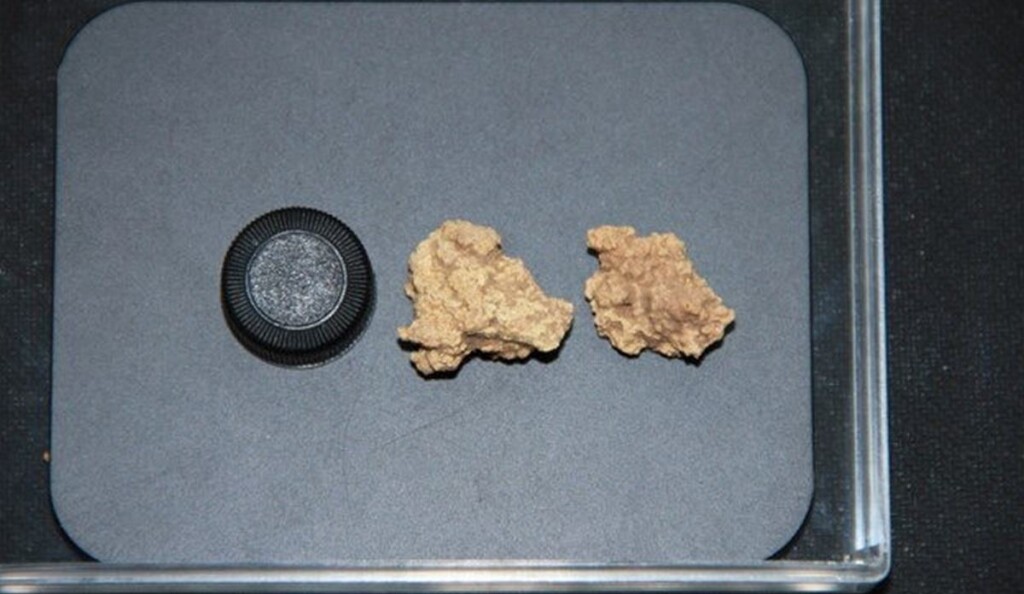
The oldest traces of fermented dairy ever discovered were recently found in western China’s Tarim Basin, dating back 3,600 years.
A DNA analysis shows that rather than being cheese, as the physical profile of the sample suggested, it was actually solidified kefir.
Kefir is a type of fermented milk that offers a great way of fortifying the gut microbiome, but because the name kefir comes from the Turkish word “keyif” which refers to the “good feeling” a person gets after drinking it, kefir has long been thought to originate from the Russian steppes and the Caucasus Mountains.
But this new revelation suggests it hails instead from China.
The ancient cheese samples were found alongside the famous Tarim Basin mummies in China, dating from the Bronze Age around 3,600 years ago. Found in the 20th century, these mummies helped provide a genetic bedrock to underpin scholarship on the great genetic and linguistic melting pot of Central Asia.
The analysis of the cheese sample was carried out at the Chinese Academy of Sciences and published in the journal Cell. It suggests a new origin for kefir and sheds light on the evolution of probiotic bacteria.
“This is the oldest known cheese sample ever discovered in the world,” said corresponding author Professor Qiaomei Fu. “Food items like cheese are extremely difficult to preserve over thousands of years, making this a rare and valuable opportunity.”
“Studying the ancient cheese in great detail can help us better understand our ancestors’ diet and culture.”
Archaeologists discovered mysterious white substances smeared on the heads and necks of several mummies found in the Xiaohe cemetery in China’s Tarim Basin around 20 years ago. The mummies date back about 3,300 to 3,600 years ago.
ANCIENT FOOD RESEARCH: 4,000-year-old Tablet Describes Ancient ‘Lunchables’ of Cheese and Meat Carried in a Box
At the time of the discovery, researchers thought the substances might be a type of fermented dairy product, but they couldn’t identify exactly what kind. Central Asian nomads of all sorts relied on dairy as a food source, and fermented mare’s milk was the chief item in the famously revolting Mongolian diet, according to Chinese sources.
Now, after more than a decade of advancements in ancient DNA analysis, a team led by Professor Fu has unraveled the mystery. The Chinese research team successfully extracted mitochondrial DNA from samples found in three different tombs at the cemetery.
They identified cow and goat DNA in the cheese samples.
Fu said the ancient Xiaohe people used different types of animal milk in separate batches, a practice differing from the mixing of milk common in Middle Eastern and Greek cheesemaking.
CENTRAL ASIAN ARCHAEOLOGY: 2,000-year-old Gold Jewelry from Mysterious Central Asian Culture Discovered in Kazakhstan
The researchers also managed to recover the DNA of microorganisms from the dairy samples which confirmed that the white substance was in fact kefir and not cheese.
They found that the samples contained bacterial and fungal species, including Lactobacillus kefiranofaciens and Pichia kudriavzevii, both commonly found in present-day kefir grains.
Kefir grains contain multiple species of probiotic bacteria and yeast, which ferment milk into kefir, much like a sourdough starter. Being able to sequence the bacterial genes in the ancient kefir gave the researchers the chance to track how probiotic bacteria evolved over the past 3,600 years.
They compared the ancient L. kefiranofaciens (from the kefir) with the modern-day species and found that the ancient sample was more closely related to strains identified as the origin of the species which hail from Tibet—challenging a long-held belief that kefir originated solely in the North Caucasus mountain region of present-day Russia.
The Russian L. kefiranofaciens is the most widely used globally, including in Europe, the United States, and Japan, for making yogurt and cheese.
HISTORY OF FRENCH CHEESE: First Ever Cheese Museum Opens in Paris: ‘It’s Gouda Brie a Delicious Visit’
“Our observation suggests kefir culture has been maintained in northwestern China’s Xinjiang region since the Bronze Age,” said Fu.
The study also revealed how L. kefiranofaciens exchanged genetic material with related strains, improving its genetic stability and milk fermentation capabilities over time.
These genetic exchanges helped Lactobacillus become more adapted to human hosts over thousands of years of interaction, as compared with ancient Lactobacillus, modern-day bacteria are less likely to trigger an immune response in the human intestine.
“This is an unprecedented study, allowing us to observe how a bacterium evolved over the past 3,000 years,” said Professor Fu. “Moreover, by examining dairy products, we’ve gained a clearer picture of ancient human life and their interactions with the world.”
“This is just the beginning, and with this technology, we hope to explore other previously unknown artifacts.”
SHARE This Amazingly Precise Discovery Of Ancient Food Culture…


